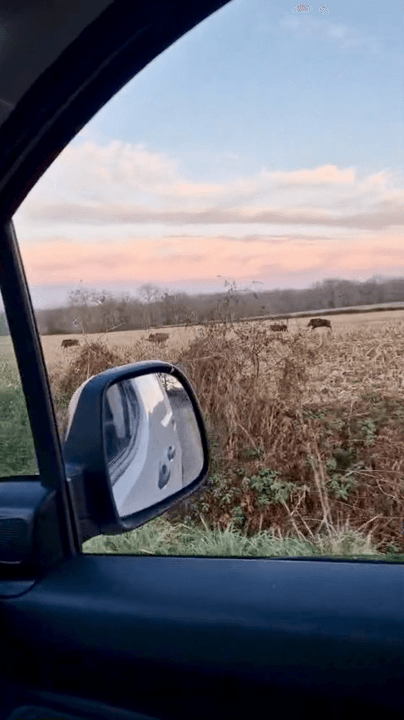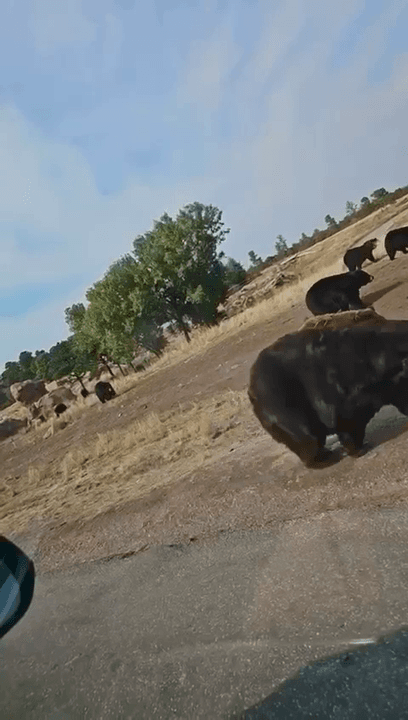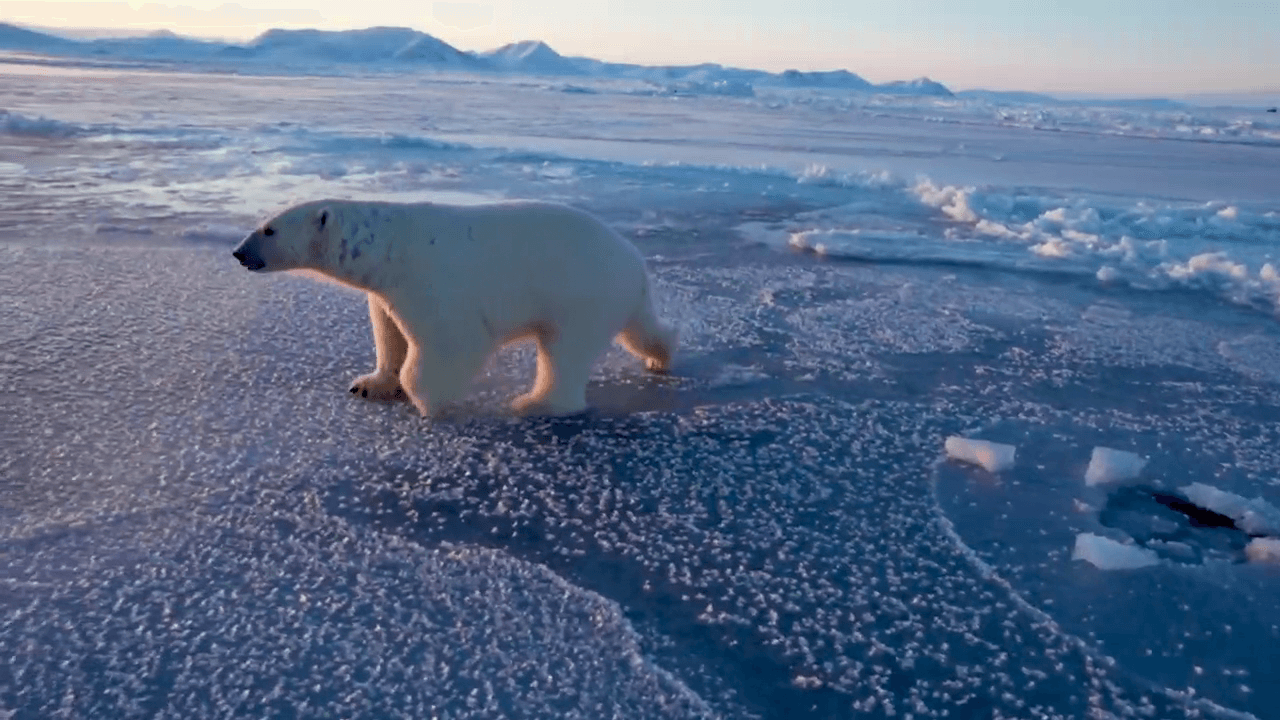
Discover Bulgan Province: Northern Mongolia with unique species, Demographics, Associations and Clubs, Laws and Hunting Seasons Nestled in the northern part of Mongolia, Bulgan Province is a region of rolling hills, dense forests, and pristine rivers. Often overshadowed by more well-known hunting destinations, Bulgan offers a unique and tranquil experience for hunters seeking a blend of adventure, tradition, and untouched wilderness. The Unique Wildlife of Bulgan: Species Adapted to Forest and Steppe Ecosystems Bulgan Province’s diverse ecosystems, which include forested mountains, river valleys, and open steppes, support a variety of game species. Here are the primary animals hunted in the region: Roe Deer (Capreolus pygargus): Roe deer are abundant in Bulgan’s forests and grasslands. They are hunted for their tender meat and as a trophy. The hunting season typically runs from August to November, aligning with their mating season when they are more active and easier to track. Wild
Post: 3 June 14:04












































